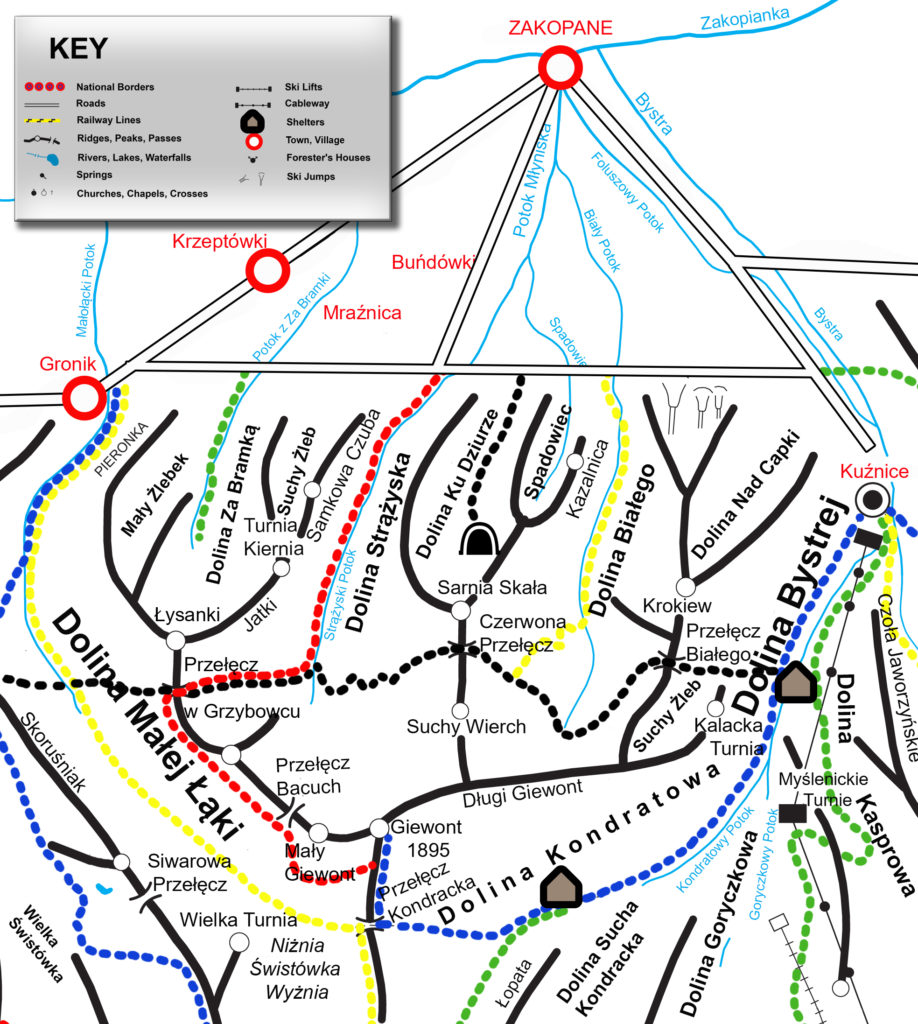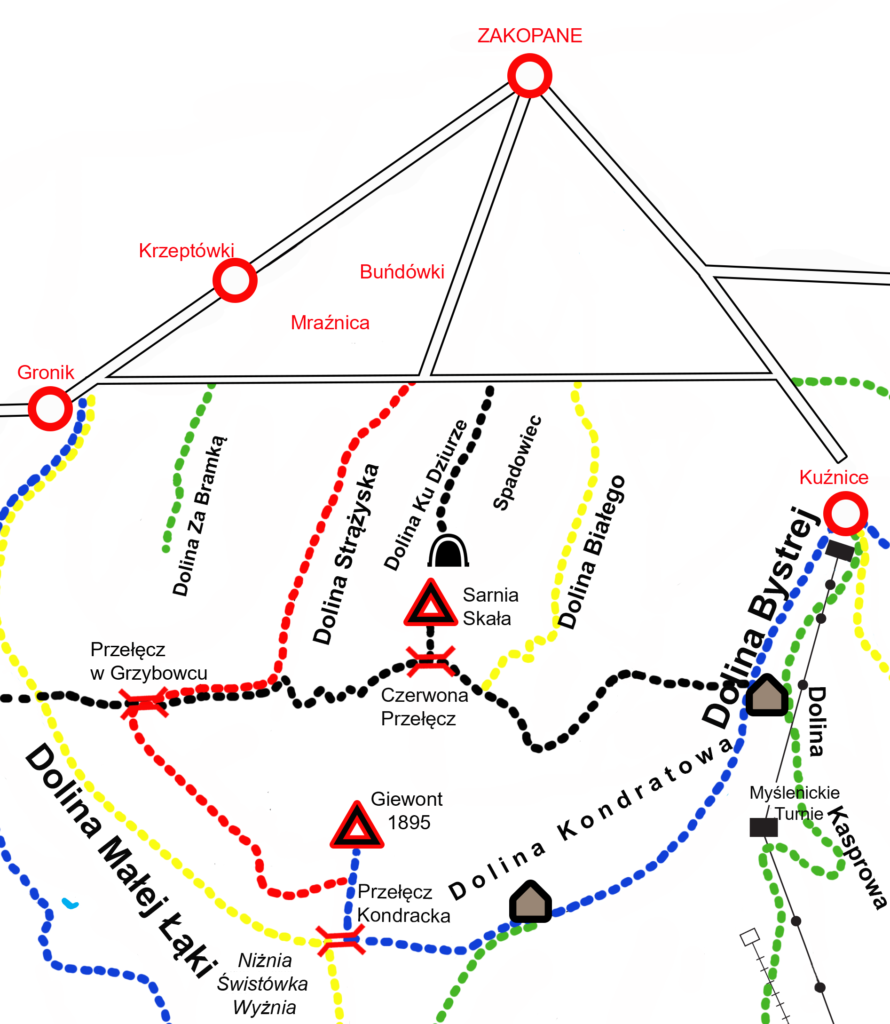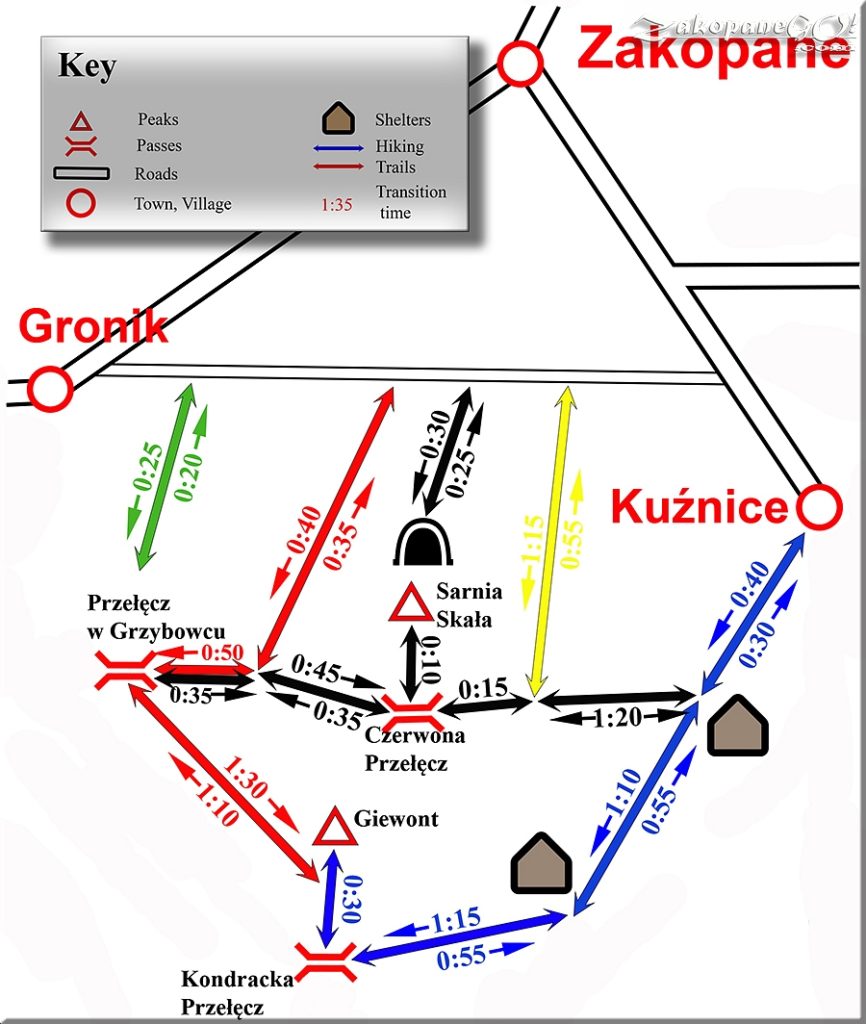Giewont (Giewont Massif)
Towering over Zakopane, is the Giewont massif at a height of 1894 meters above sea level and a length of about 3 km. It has become the symbol of the city. It is composed of three parts: the Wielki Giewont (Great Giewont – 1894 m asl), Mały Giewont (Little Giewont – 1728 m asl) and the Długi Giewont (Long Giewont – 1867 m asl) Between Great and Little Giewont is Giewoncka Przełecz (Giewoncka Pass – 1680 m asl), from which the infamous Żleb Kirkora (Kirkora Couloir) descends. So far, more than 20 tourists who then tried to descend down the northern side have been killed. The Great Giewont north face is a vertical wall with a height of about 600 m. Another symbol: the 15-meter iron cross erected in 1901, can be seen miles away; the object of religious pilgrimage, but also an extremely dangerous place during a storm. The chalky here is instrumental in the development of rich flora including many endemic species uncommon anywhere outside of the Tatra Mountains in Poland. The outline of this mountain resembles the silhouette of a sleeping knight and legend tells of the knights sleeping in the caves within Giewont, who will wake up andl move into battle, should the Fatherland find itself in mortal danger.
Hiking trails in Giewont Massif
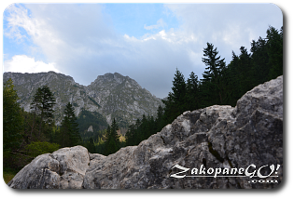 Via Strazyska Valley onto Giewont
Via Strazyska Valley onto Giewont 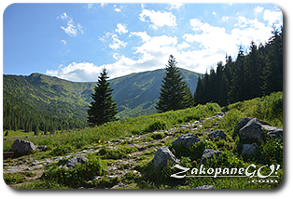 Kuznice – Dolina Kondratowa (Kondratowa Valley) – Giewont
Kuznice – Dolina Kondratowa (Kondratowa Valley) – Giewont 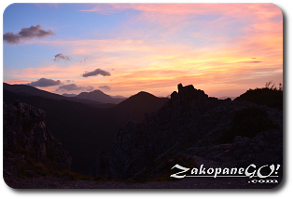 Kalatowki – Sarnia Skala – Dolina Strążyska (Strazyska Valley)
Kalatowki – Sarnia Skala – Dolina Strążyska (Strazyska Valley) 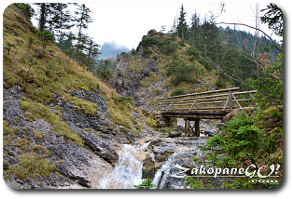 Dolina Białego (White Creek Valley)
Dolina Białego (White Creek Valley) 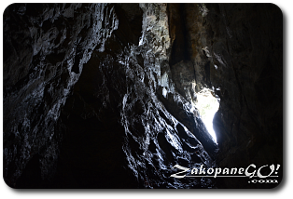 Dolina Ku Dziurze (Valley Toward The Hole)
Dolina Ku Dziurze (Valley Toward The Hole) 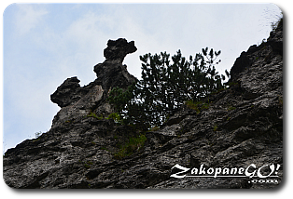 Dolina Za Bramką (Valley Behind The Gate)
Dolina Za Bramką (Valley Behind The Gate)


